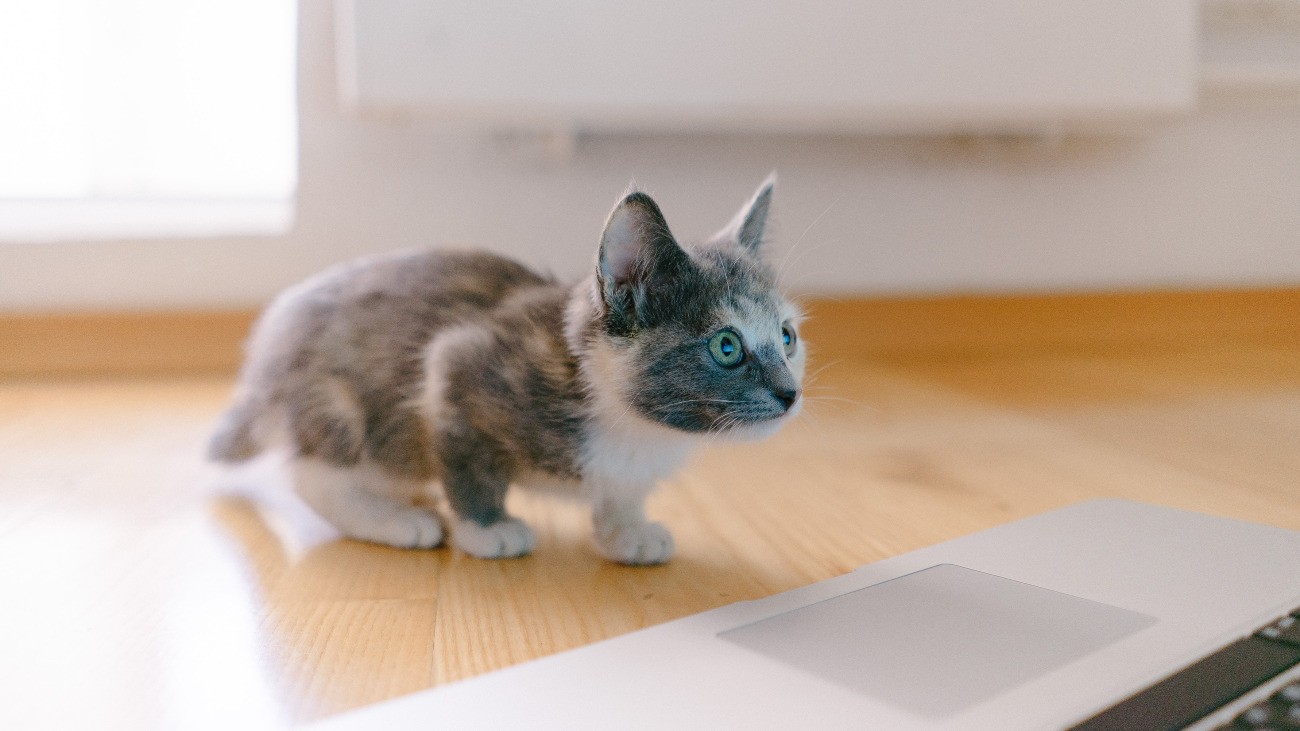Did you just pick up your little bundle of energy? Or have you already made it through the first few weeks? Perhaps you even made the decision to get two kittens – good luck!
Either way, one of the most important decisions you can make in your cat’s early life is diet. We are what we eat, truly. And with several major diseases being related to poor nutrition, just picking the cheapest, most expensive, or most exciting-sounding food is not the best way of feeding your pet.
We understand the choice is a bit overwhelming, so we’re going to go through the basics.
Key Nutrients for Kittens

Kittens are growing rapidly, and this means they need diets high in protein. This doesn’t mean they don’t need carbohydrates or fat, though – diets for this age group in cats need to be formulated carefully to ensure they’ve got good-quality protein whilst maintaining some fat and carb levels.
They also need to have balanced calcium and phosphorus for bone growth. Just giving large amounts of calcium doesn’t work, as this causes as many problems as giving no calcium at all.
Cats also have an essential requirement for arginine and taurine, two amino acids that many animals can make themselves. Cats cannot, and instead need to eat these amino acids in the correct quantities.
They also need a whole host of other vitamins and minerals in small amounts, and vitamin A in higher amounts as kittens than they do as adults.
It’s important to note that these nutrients can come from many different ingredients.
A common and growing myth is that animals need ingredients such as steak, organ meat or certain fruits or herbs – this is clever marketing. But we vets like to say ‘animals need nutrients, not ingredients’.
In other words, as long as the diet contains the right amount of protein, in the right proportions with vitamins and minerals, it doesn’t matter where those proteins have come from.
In fact, it’s important to be cautious about foods that list very limited ingredients, as it’s unlikely that the nutrients are properly balanced if there are only a couple of ingredients named.
Types of Food to Use
I generally recommend that kittens are fed on both wet and dry food so that they experience both from a young age. This is important for cats, as they quickly become suspicious of new foods as they get older.
Very young kittens may need to have their dry food softened slightly whilst their teeth are still coming through, but only until 12 weeks- after that they can crunch those biscuits with the best of them!
Calorie Density in Kitten Food
Kittens have tiny tummies and cannot eat much at once. They also need a lot of energy – I’m sure you’ve discovered how playful they are by now! So kitten food needs to be ‘calorie dense’. This means that there is more energy in ten grams of kitten food than the energy in ten grams of adult food.
Our Kitten vs. Cat Food comparison article looks closely at aspects like this to see if the labels hold true in the real world.
How can you tell whether a Kitten Food meets these requirements?
Reading pet food labels can be difficult. Firstly, remember that they’re the only way the pet food company has to grab your attention- so watch out for clever marketing tricks.
Tricks include blinding you with words such as ‘hypoallergenic’, ‘made with fresh meat’ and ‘holistic’, which have no legal definition in pet foods and therefore can be put onto any packaging regardless of what is inside.
Look out, too, for ‘flavors’ of food. Saying a food is ‘chicken flavored’ means it only has to have enough chicken in it to be detectable, the ingredients can be anything else. Saying a food is made ‘with chicken’ means it needs to have at least 4% chicken.
This means that multipacks with different flavors may just be the same food with different ‘flavor’ labels- frustrating if you have a fussy cat!
Whilst you’re finding the perfect diet for your kitten, you need to find a diet that is ‘complete’- this means that it has all of the necessary nutrients, vitamins and minerals. ‘Mixer’ or ‘complementary’ foods are not nutritionally balanced and shouldn’t be fed as more than 5% of a kitten diet.
You also need to look for a diet that is specifically formulated for kittens. The packet should say ‘formulated to meet the needs of growing kittens’ or something similar.
Some companies also do feeding trials on their foods – this is evidence of a company that is trying very hard to make sure the food does what is promised, so it’s a sign of a good quality cat food.
What if my Kitten Doesn’t Eat?
If your kitten doesn’t eat his food, or becomes ill with it, it’s best to go see your vet as soon as possible. Kittens are very small and their immune systems aren’t quite ready to deal with the world, so if they get ill they go downhill quickly. If your vet confirms it’s the food and nothing more serious, it’s time to go back to basics.
Put them on the last food they were ok with until they’re eating fine, then find a kitten food that has only one or two sources of protein.
Switch to the new food gradually over a week or two by mixing the new food with the old at each meal. If your kitten still won’t eat the food or is sick again, your vet will help you investigate further.
Entering the world of pet foods is a daunting process, so to save yourself the trouble, why not head to our article on the best kitten foods available.
Did you find this article helpful?
